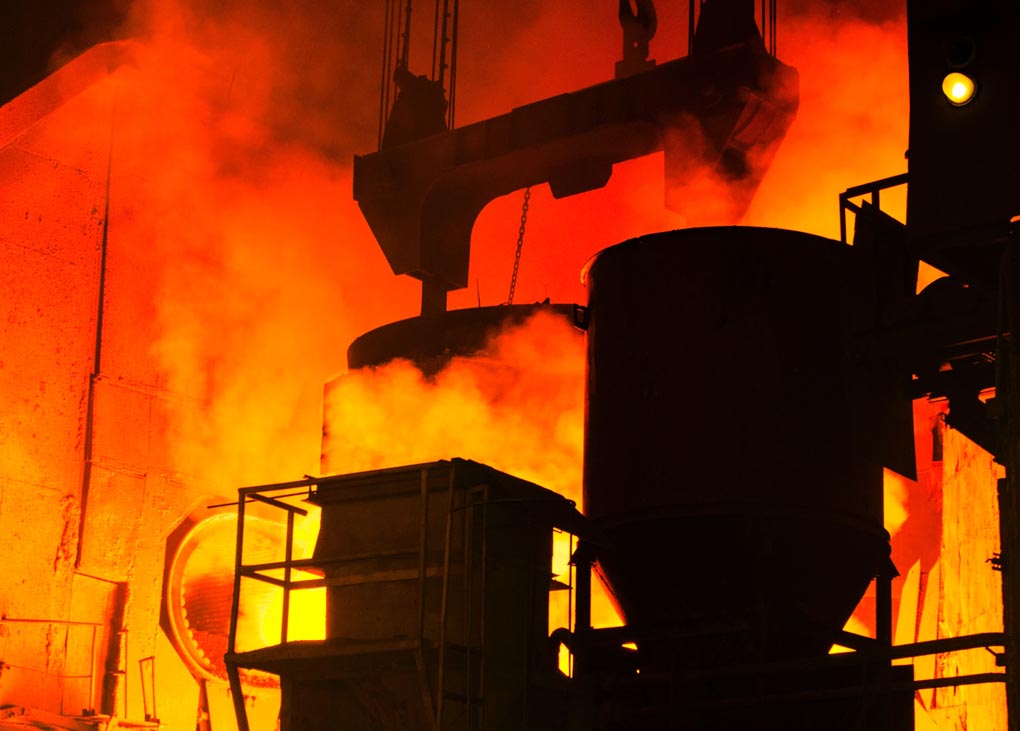NABERS is seeking industry input on a new system for measuring and reporting on embodied emissions in buildings.
Embodied emissions have become an increasing focus in the built environment as a wide range of stakeholders develop detailed plans for reaching net zero.
Although the pathways to reducing scope 1 and 2 emissions – those emissions produced onsite, and produced to provide energy that is used onsite – are in many cases clear and achievable, scope 3 emissions – which include the production, transport, refurbishment and end-of-life processing of building materials – are proving more challenging.
One of the biggest issues is the lack of a consistent method for measuring these emissions. Even looking at a single building, experienced life-cycle analysts have calculated wildly different results. This is partly due to decisions about what is considered “in scope” for embodied emissions, and partly because varying databases are used to estimate the carbon content of materials.
The challenge is particularly acute for building services, where equipment is made up of many different materials, often produced in complex supply chains. Efforts are already under way to find a way forward, including the TM65 methodology developed by CIBSE, and the Materials and Embodied Carbon Leaders’ Alliance (MECLA) which has a specific working group dedicated to building services.
The NABERS consultation is a much-anticipated effort to bring consistency to the space and help industry move in unison towards reducing embodied emissions. It is hoped that the same success NABERS has had with its other ratings tools can be repeated with the embodied emissions tool.
“Australia currently has no consistent method of measurement for embodied emissions,” says NABERS.
“Over 12 months, NABERS has worked in partnership with the GBCA and collaborated with industry and governments across Australia to understand the appetite for a standard for embodied emissions and the role of NABERS in administering that standard.
“This has included 207 individuals from 139 organisations across 38 workshops. The feedback from industry told us that NABERS has a clear role to play in accelerating efforts to reduce embodied emissions in Australia’s commercial building stock.”
The consultation paper contains 10 proposals for feedback covering five topic areas:
- Scope of the tool
- Calculation method
- Benchmarking
- Certification process
- Future development.
The 10 proposals outline how a rating tool – tentatively called the NABERS Embodied Emissions tool – would measure, verify and compare embodied emissions in new buildings and major refurbishments.
The consultation paper is available on the NABERS website.
NABERS is inviting stakeholder to provide feedback by close of business February 16, 2023.
Photo by Александр Лич
 Mark Vender
Mark Vender


Leave a Reply